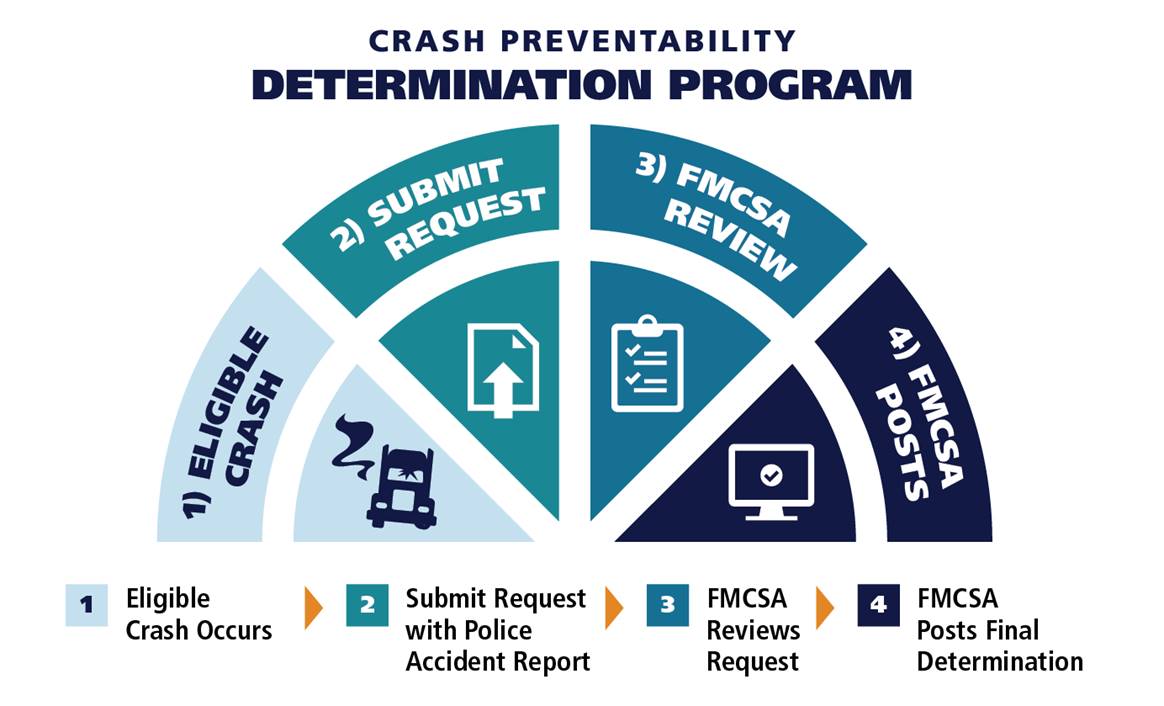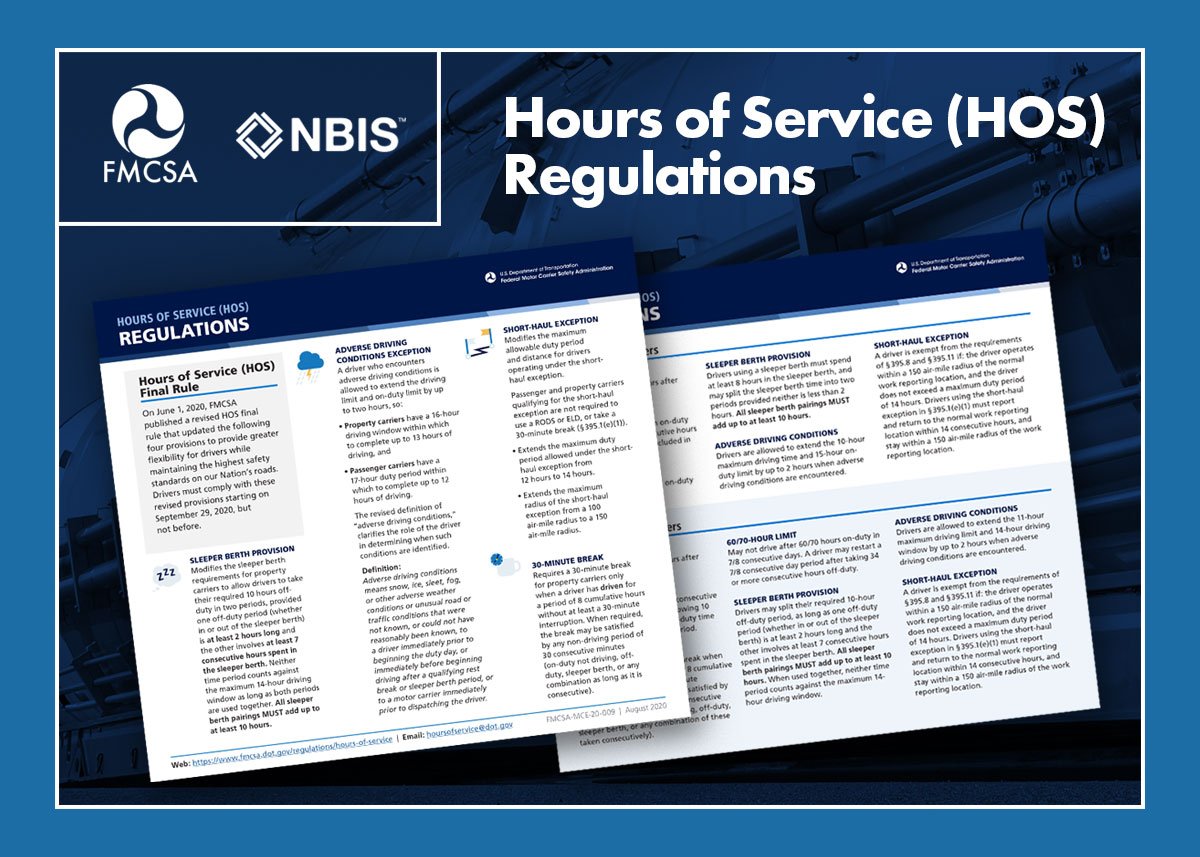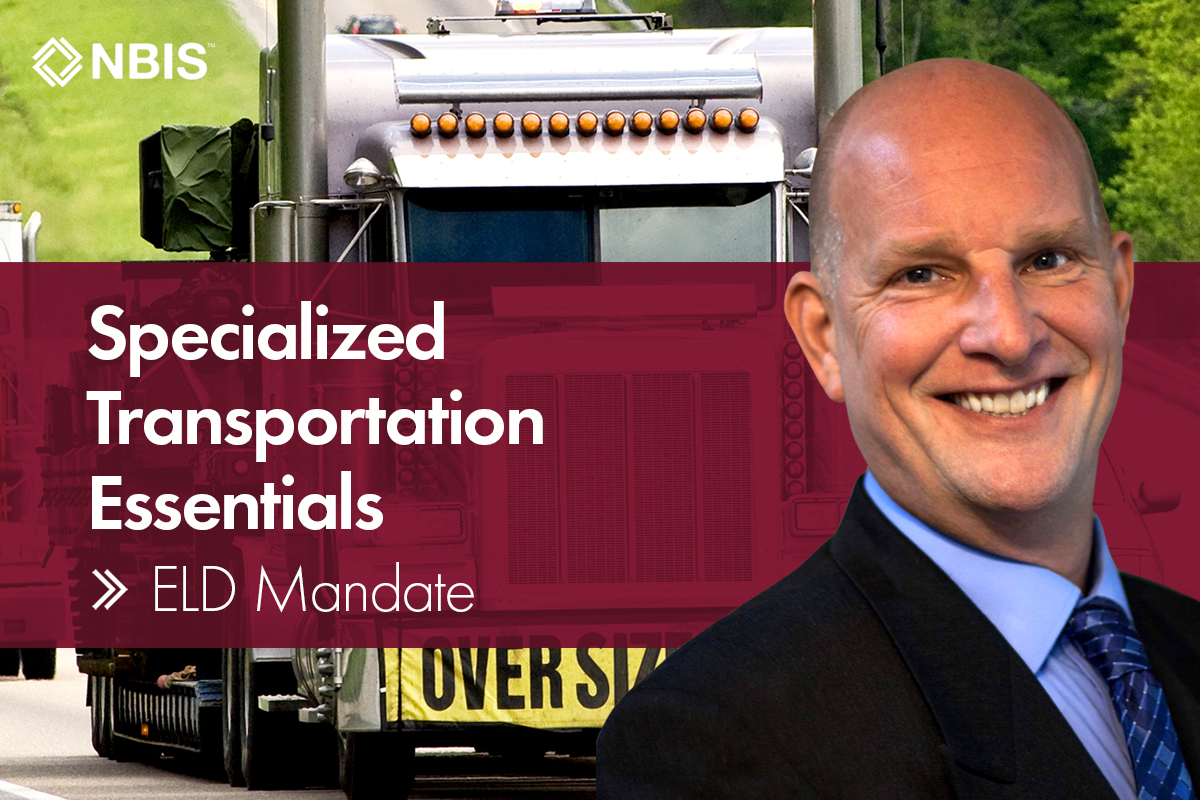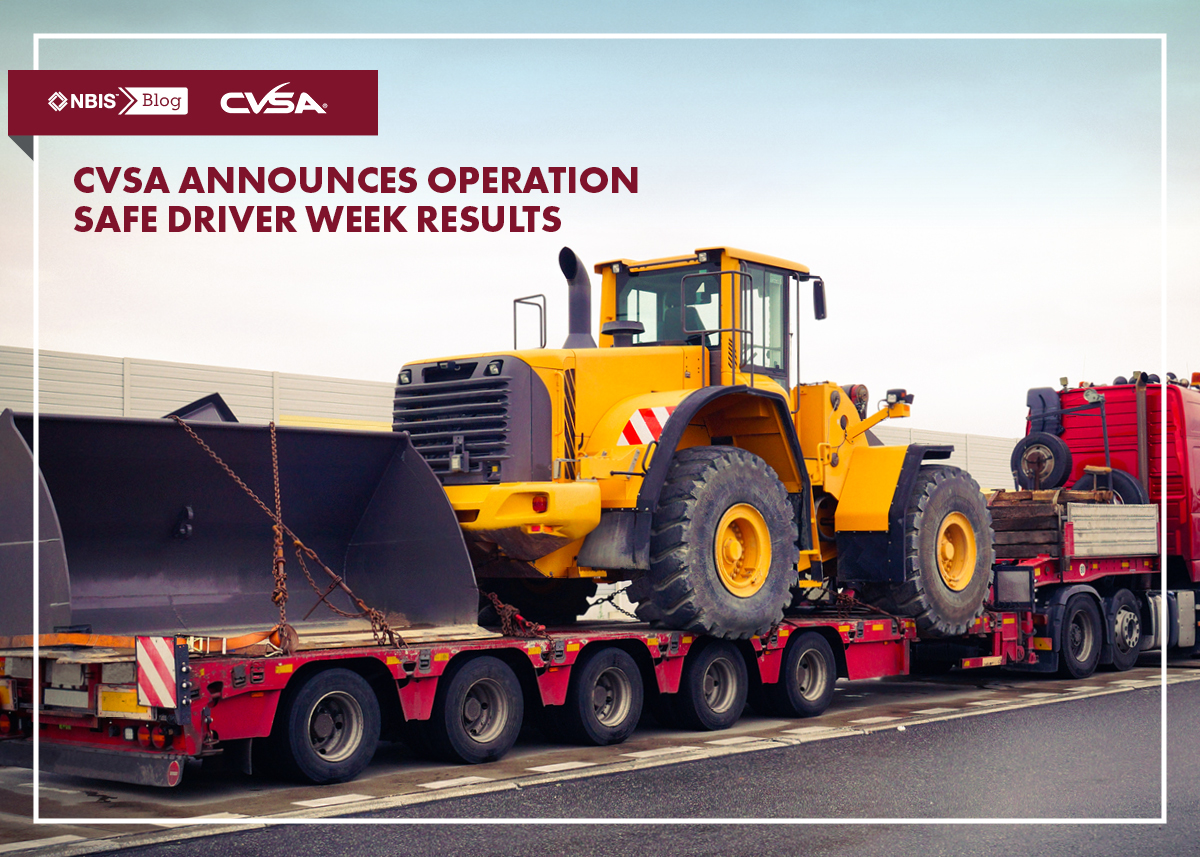A pilot program allowing commercial drivers and carriers to submit data review requests and notate “not preventable” crashes becomes permanent effective immediately.
A recent announcement by the Federal Motor Carrier Safety Administration brings a longtime trucking industry controversy to a close. For years, the agency has listed crashes on carriers’ public safety profiles as part of their Compliance, Safety, Accountability (CSA) system without indicating whether the driver or carrier could not have prevented the crash.
On May 1, the FMCSA announced that a pilot program that does not count a crash in which a motor carrier was not at fault when calculating the carrier’s safety measurement profile will be made permanent, effective immediately.
The program was first proposed in August 2019, after a two-year-long examination of 5,600 crashes submitted by truck and bus companies to determine if a crash could have been prevented by the motor carrier revealed that approximately 94% were found to be ‘not preventable’ by the motor carrier or commercial driver.
The new program is called the Crash Preventability Demonstration Program (CPDP). The FMCSA says they have “listened carefully to the industry and our enforcement partners to create this expansion and include new eligible crash types.”
Based on comments received in response to the August 2019 proposal, FMCSA established the CPDP which will expand the types of eligible crashes, modify the Safety Measurement System to exclude crashes with ‘not preventable’ determinations from the prioritization algorithm, and note the ‘not preventable’ determinations in the Pre-Employment Screening Program.

Under the new program, if you have an eligible crash that occurred on or after August 1, 2019, you may submit a Request for Data Review (RDR) with the required police accident report and other supporting documents, photos, or videos through the Agency’s DataQs website.
TransportTopics has details and highlights some early responses from the Agency and the trucking industry.
The establishment of the permanent program is a huge step in the right direction. Allowing carriers and commercial drivers the opportunity to challenge crashes that occurred through no fault of their own will level the playing field in an arena where, despite the majority of crashes being caused by passenger vehicles and other factors, the commercial driver is typically assumed to be at fault.







